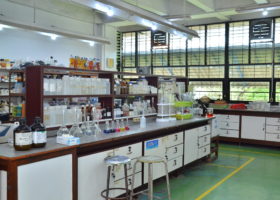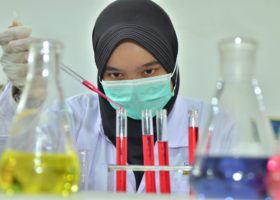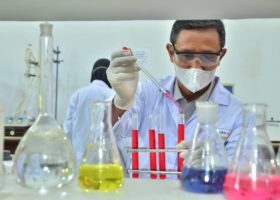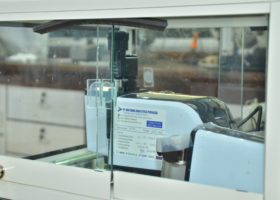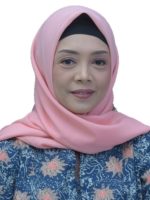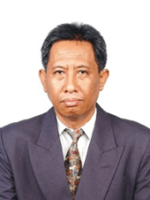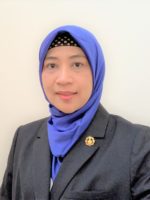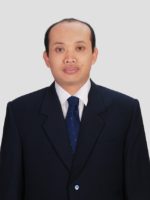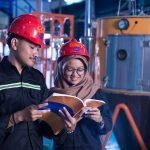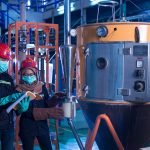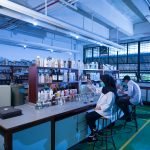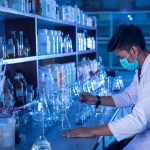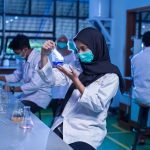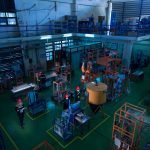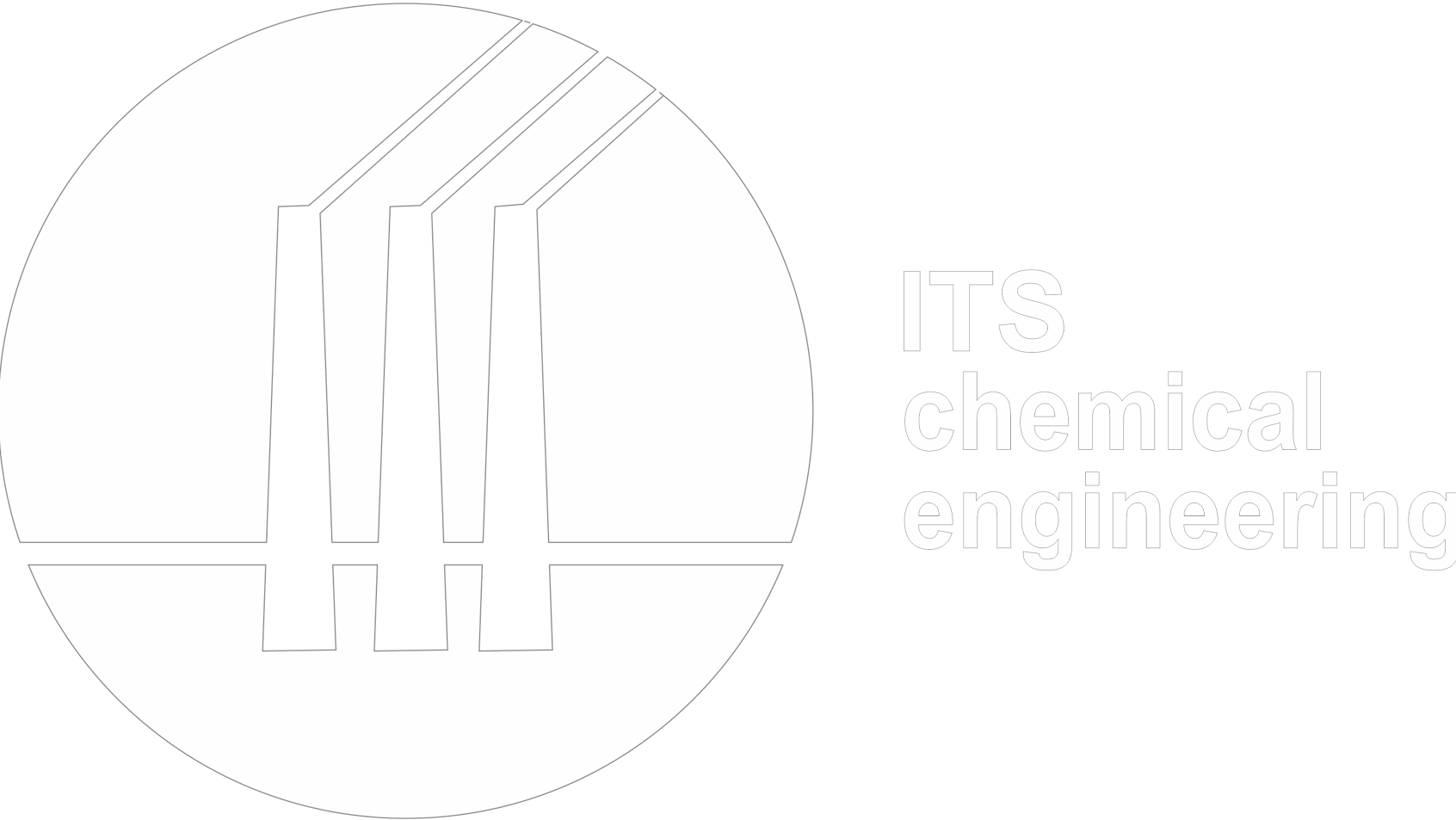A. Education
The Role of the Laboratory in the Teaching and Learning Process:
As a research laboratory, it has a role in learning outcomes, especially in increasing mastery and ability to apply mathematics, natural science, and engineering principles and the latest techniques needed for analysis and design of processes, processing systems, and equipment needed to convert raw materials into products that have added value.
Courses/practicum in the Study Program Curriculum (Managed or served by the Laboratory):
Laboratory Competency-Based Courses
Chemical Plant Design (Undergraduate Final Project)
Thesis (in the form of research assignments)
Thesis (Final Project for Master of Engineering Program)
Dissertation (Final Project for Engineering Doctoral Program)
B. Research
Able to select and carry out appropriate, current, and advanced research through interdisciplinary, multidisciplinary, or transdisciplinary approaches, in order to develop and/or produce problem solving in the fields of science, technology, or society.
Based on the results of a study on the availability of internal and external resources, from the aspect of human resource competence and infrastructure, the research roadmap at the Fluid and Mixing Mechanics Laboratory is focused on strategic issues:
Improved equipment performance on industrial scale processes;
Alternative energy and new renewable energy;
Application of supercritical fluid extraction technology to produce essential oils and phytochemical compounds;
Advanced material development.
C. Community Service
Able to select and apply the research results that have been achieved to provide benefits to mankind in the context of developing and/or producing solutions to social problems.
Based on the research roadmap above, the implementation of research results is adjusted to the level of technology application and target users as a form of social responsibility to society and scientific responsibility to industry.
